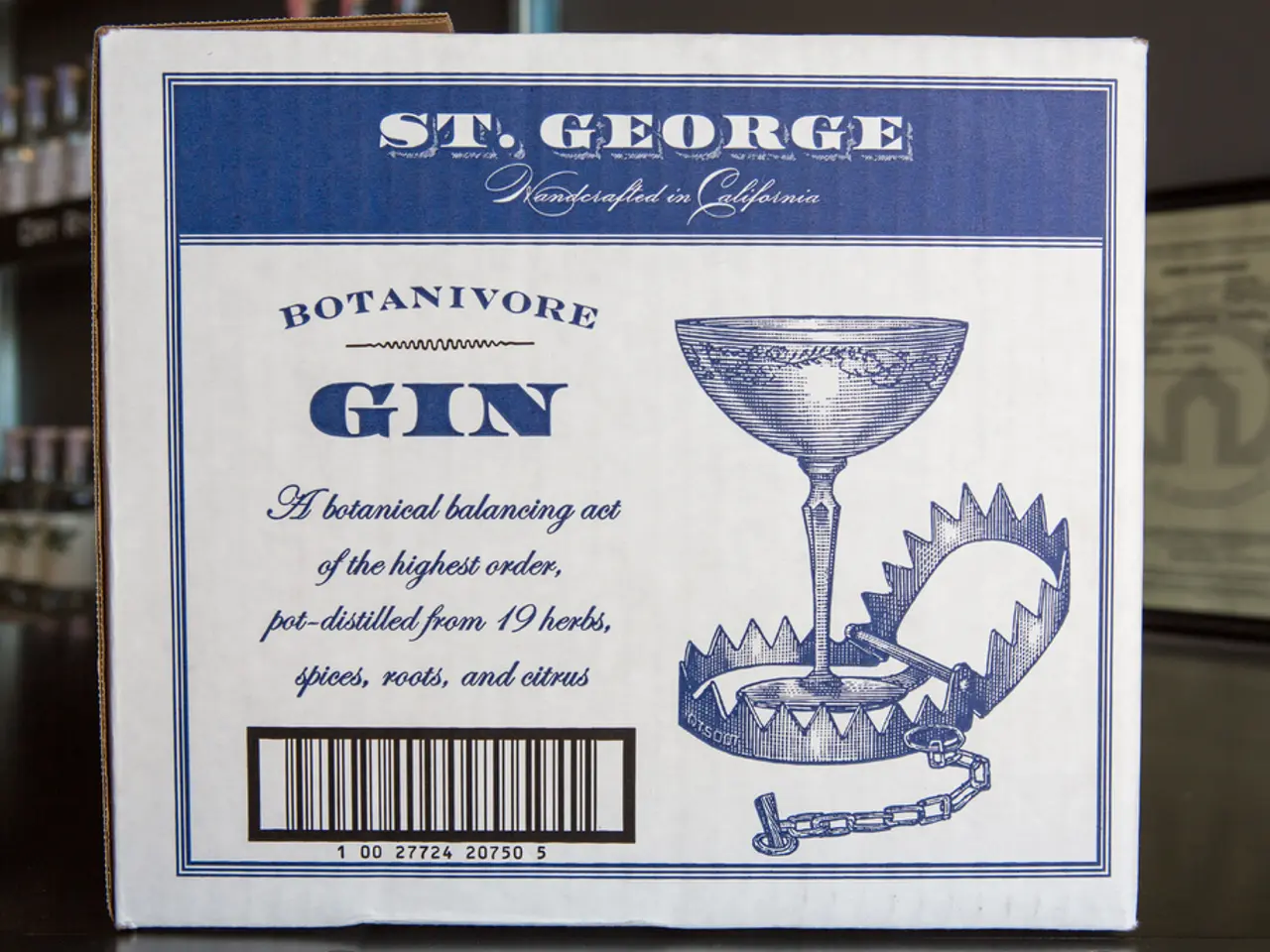Researchers, in collaboration with a poet, encoded a poem within the genetic code of a near indestructible bacterium. Remarkably, the bacterium managed to produce a response poem.
In a groundbreaking fusion of literature and science, Canadian poet Christian Bök has embedded a poem into the DNA of a radiation-resistant bacterium, nicknamed "Conan the Bacterium." This extraordinary endeavour, known as The Xenotext project, is the culmination of 25 years of research, trial, and error.
The sonnet "Orpheus" was encoded into the DNA of Deinococcus radiodurans. This was achieved by creating a synthetic gene sequence representing the poem's text in the bacterium's genome. Lydia Contreras, a chemical engineer at the University of Texas at Austin, was contacted by Bök due to her lab's deep expertise with Deinococcus radiodurans.
When the bacterium "reads" this encoded DNA, it translates it into a protein whose amino acid sequence corresponds to a second poem, "Eurydice." Both poems are linked by a specially designed "mutually bijective cipher" where each letter in one poem pairs with a fixed letter in the other. The resulting protein also fluoresces red, visually expressing the "faery" imagery in Eurydice, effectively making the poem come alive inside the living microbe.
The project dovetails with emerging ideas for biological data storage. Deinococcus radiodurans's ability to survive harsh environments means encoded data could persist for geological timescales, far outlasting any current human-made data storage media. This durability could potentially store vast amounts of information—cultural, scientific, literary—within living organisms’ DNA, potentially serving as ultra-long-term “time capsules.”
Moreover, since the data is embedded in a living organism, it can replicate itself, potentially preserving information autonomously without external power or maintenance. This self-replicating storage could revolutionize data archiving methods.
The achievement is both scientific and poetic, crossing the lines between life and art, language and biology, mortality and permanence. Christian Bök aims to create technology that could preserve messages over the lifespan of Earth, hardening our cultural heritage against planetary disasters that could wipe out our civilization.
References:
- The Xenotext Project
- Bök, Christian. "The Xenotext: Book 1." Coach House Books, 2015.
- Bok, Christian, and Lydia Contreras. "The Xenotext Project: An Interdisciplinary Approach to Genetic Poetry and Synthetic Biology." In Leonardo, vol. 50, no. 5, 2017, pp. 475-484.
- Bok, Christian, and Lydia Contreras. "The Xenotext Project: An Interdisciplinary Approach to Genetic Poetry and Synthetic Biology." In Leonardo, vol. 50, no. 5, 2017, pp. 475-484.
- Bok, Christian, and Lydia Contreras. "The Xenotext Project: An Interdisciplinary Approach to Genetic Poetry and Synthetic Biology." In Leonardo, vol. 50, no. 5, 2017, pp. 475-484.
- The fusion of literature and science in The Xenotext project showcases the intersection of technology and poetry.
- Christian Bök's use of synthetic biology is a unprecedented approach in the field of medicine and biology.
- Lydia Contreras, a chemical engineer, was instrumental in understanding the bacterium Deinococcus radiodurans for this groundbreaking research.
- The genetic encoding of poems into bacteria's DNA demonstrates a unique application of chemistry, opening possibilities for future science and health-and-wellness research.
- Technological advancements, such as artificial intelligence, can helps in decoding and understanding complex genetic sequences, contributing to the success of The Xenotext project.
- The bacterium's ability to fluoresce due to the encoded poems highlights the intricate connection between science, space, and astronomy as well as fitness-and-exercise and art.
- By utilizing the durability of Deinococcus radiodurans, The Xenotext project represents a major step forward in the field of biological data storage, offering a potential solution for the long-term archiving of vast amounts of cultural, scientific, and literary data.
- The Xenotext project illustrates the potential of self-replicating storage, which could revolutionize tech-industry practices, making data archiving more sustainable and autonomous in the future.




